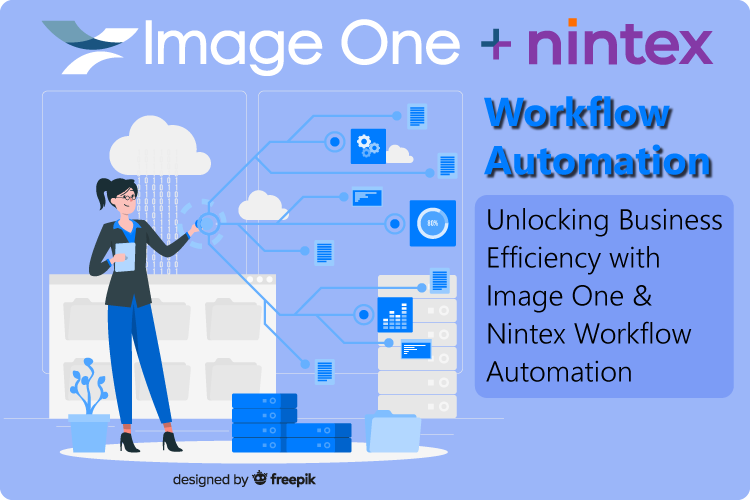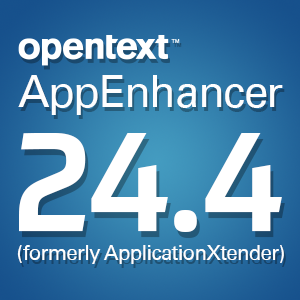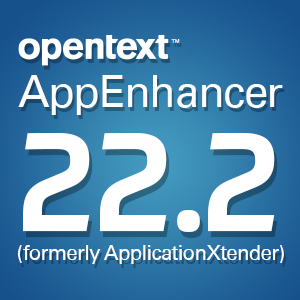Hospital paperless strategies on the rise
Monday, December 31, 2012Across the nation, health care professionals are reaping the benefits of paperless projects. Federal health care initiatives have required that clinics use document imaging to convert documents to a digital format in order to provide more prompt, precise care.
According to the Hays Daily News, more and more Kansas hospitals have been digitizing patient records and uploading them to the newly established Kansas Health Information Network. The KHIN already had 14 facilities go live by December in the health information exchange of digital records, with over 142,833 patients opting to have their files uploaded.
Integrated digital record systems speed up medical processes
A consistent statewide integration will make it easier for healthcare providers to access medical records from other facilities in the state. In the event of an emergency, saving doctors the time it takes to retrieve the information by phone is critical. Scott Rohleder, information technology director at HaysMed, commented on the technology's advantages to the Hays Daily News.
"It's to make your care more efficient, of better quality. There may be better outcomes because (providers) have access to information more timely," he said, according to the news source.
Now that medical professionals have instant access to patient records, the quality of care is expected to increase while health costs decrease since doctors have lab records and X-rays at their fingertips and no longer have to unnecessarily repeat tests.
Patients still have the option to opt in or out in the exchange. The information requires specific login authentication, though, so it can only be accessed by authorized medical professionals, and because everything is monitored and audited, the information is highly secure.
Mobility means improved patient interaction
Kansas isn't the only state capitalizing on the technology's benefits. The Anniston Star reported that the Regional Medical Center in Anniston, Alabama, instigated a multi-million dollar paperless project that has been mainly funded by the federal government.
Physicians have the ability to schedule appointments and sign documentation electronically as well. And since doctors have access to complete digitized patient histories via tablets as well as facility computers, they are able to take x-rays and test results directly into the patient's room for more efficient interactions. Pete Furlow, RMC's director of information technology, is optimistic about how this will improve patient relations.
"The goal is to get nurses and physicians to interact more at a patient's bedside," he stated, "And the meds will be on the cart as well … The goal is to have more face-to-face time with the patient."
As federal regulations require that health-care providers improve the efficiency and overall quality of patient management, more medical centers will turn to document conversion services for quicker access to crucial information and enhanced service.
Brought to you by Image One Corporation providing complete information governance since 1994.




